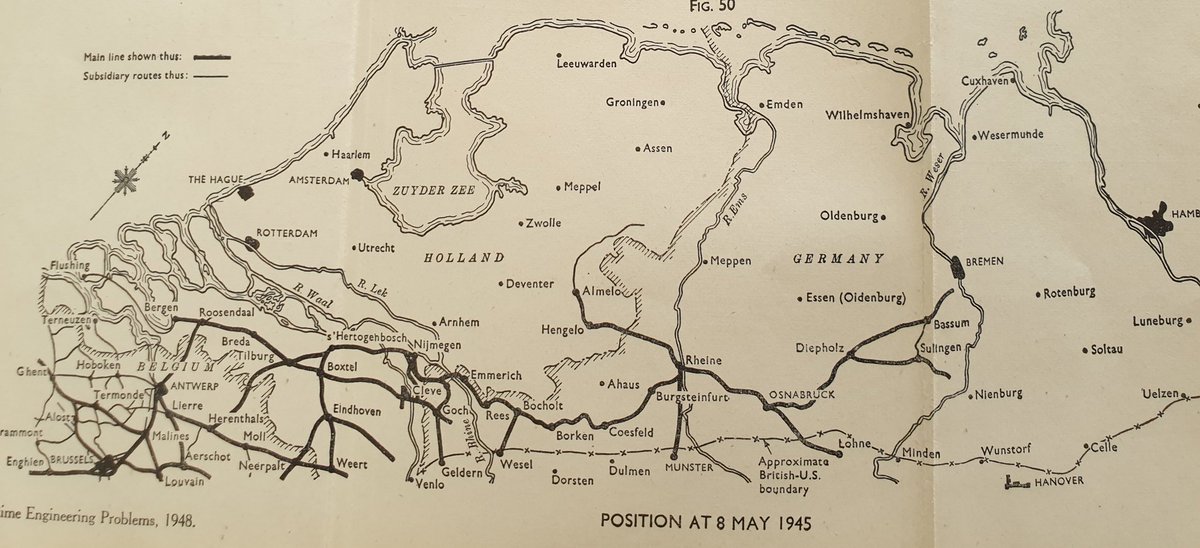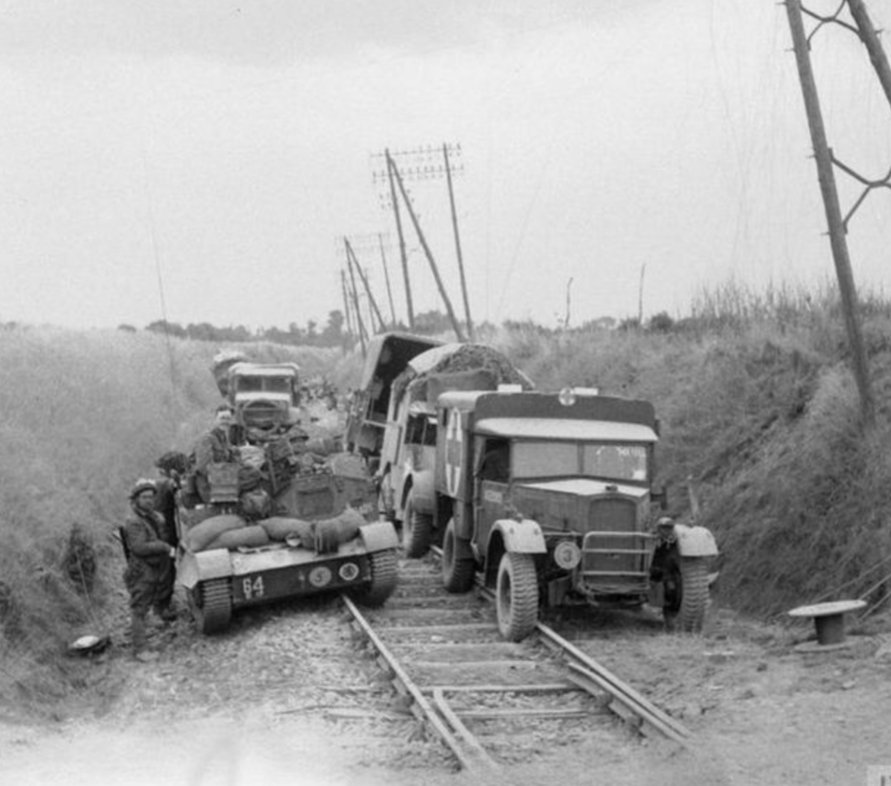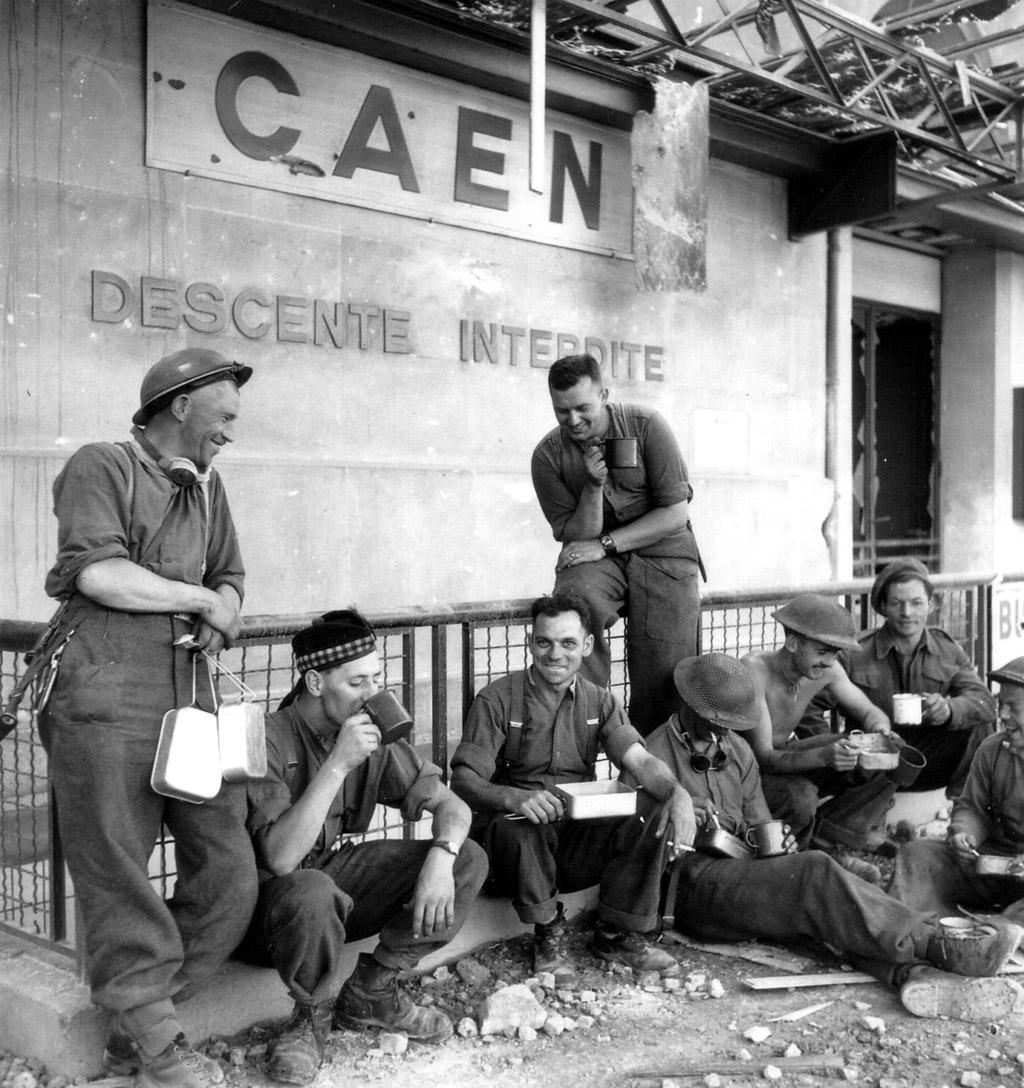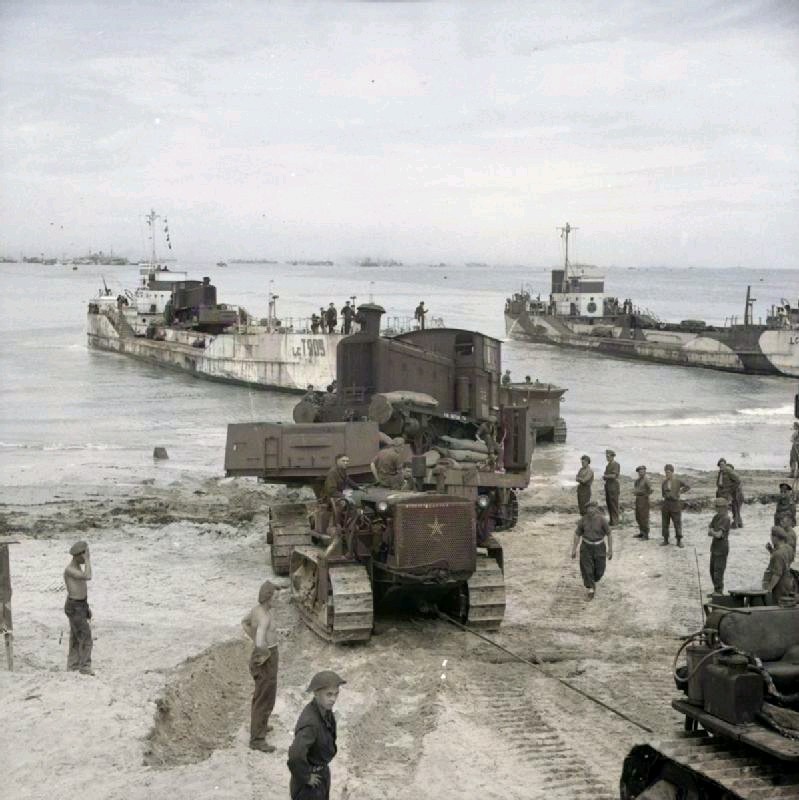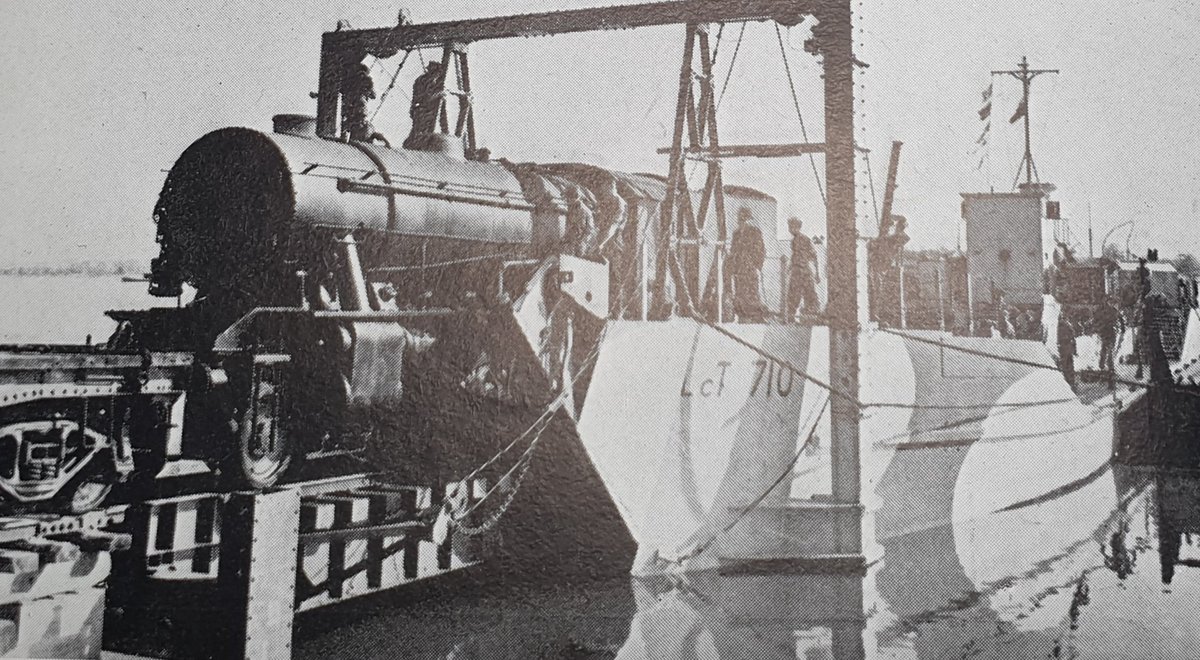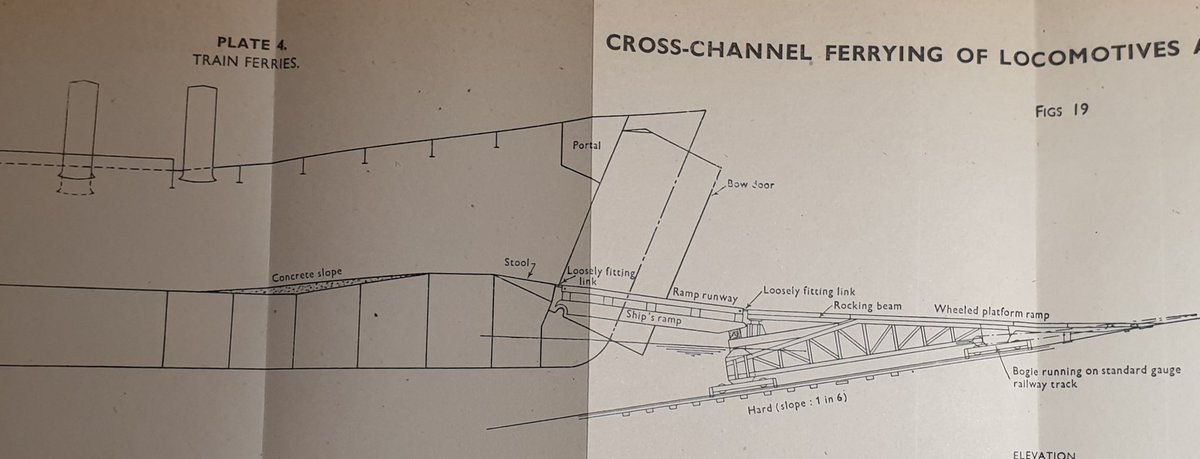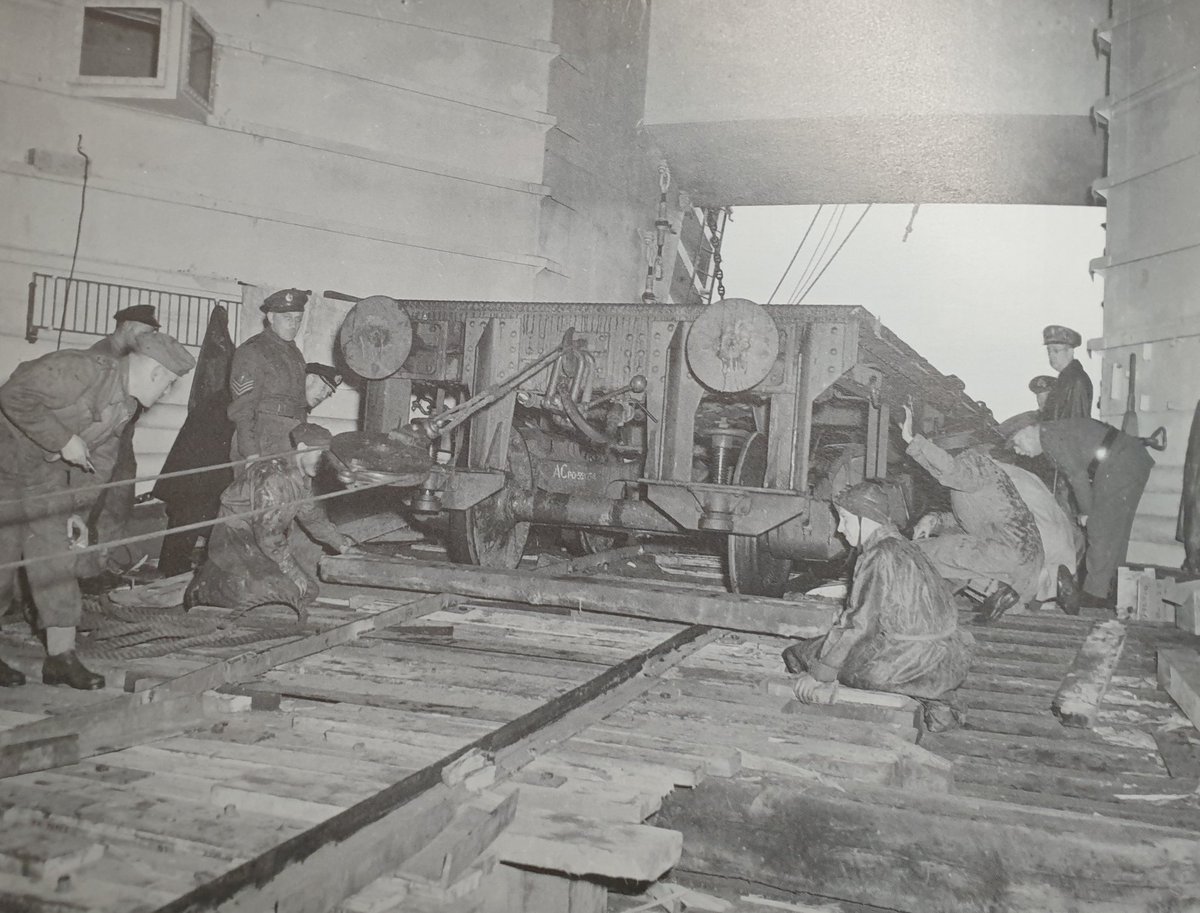
Part 3 #VE75 RE Railway troop actions till VE day. Into Belgium. @Proud_Sappers @REMuseum @RE_Hist_Society
After the advance through France, 21st Army Group's railway troops found Antwerp in a poor state of disrepair and heavily damaged following bombing and German demolition.
After the advance through France, 21st Army Group's railway troops found Antwerp in a poor state of disrepair and heavily damaged following bombing and German demolition.

The port could not be used till the enemy were cleared from Walchere and mines removed. The Germans had removed 207 turnouts and 35 miles of track. 8 bridges had been destroyed. These were replaced with RSJ spans and UCRB. The flyover was salvaged and placed on trestle piers 



The main line from Antwerp to Brussels had been severed with damage to the Duffel bridge. This was replaced with two 80ft twin spans of UCRB and trestle piers and reinstated by British and American troops in double track. 

When the Allies got to Belgium motive power was running short. More locos such as the 2-8-0 Austerity and a range of US types were shipped in via Cherbourg. Both RE Railway Operating Coy and US Army Transportation Corps Railroad Bns with civilians signalled and drove the trains. 





References. @ICELibrary the Civil Engineer in War. Standard Military Railway Bridges FS Bond. US Military Railway Service D DeNevi & B Hall. 

• • •
Missing some Tweet in this thread? You can try to
force a refresh

